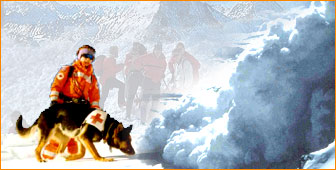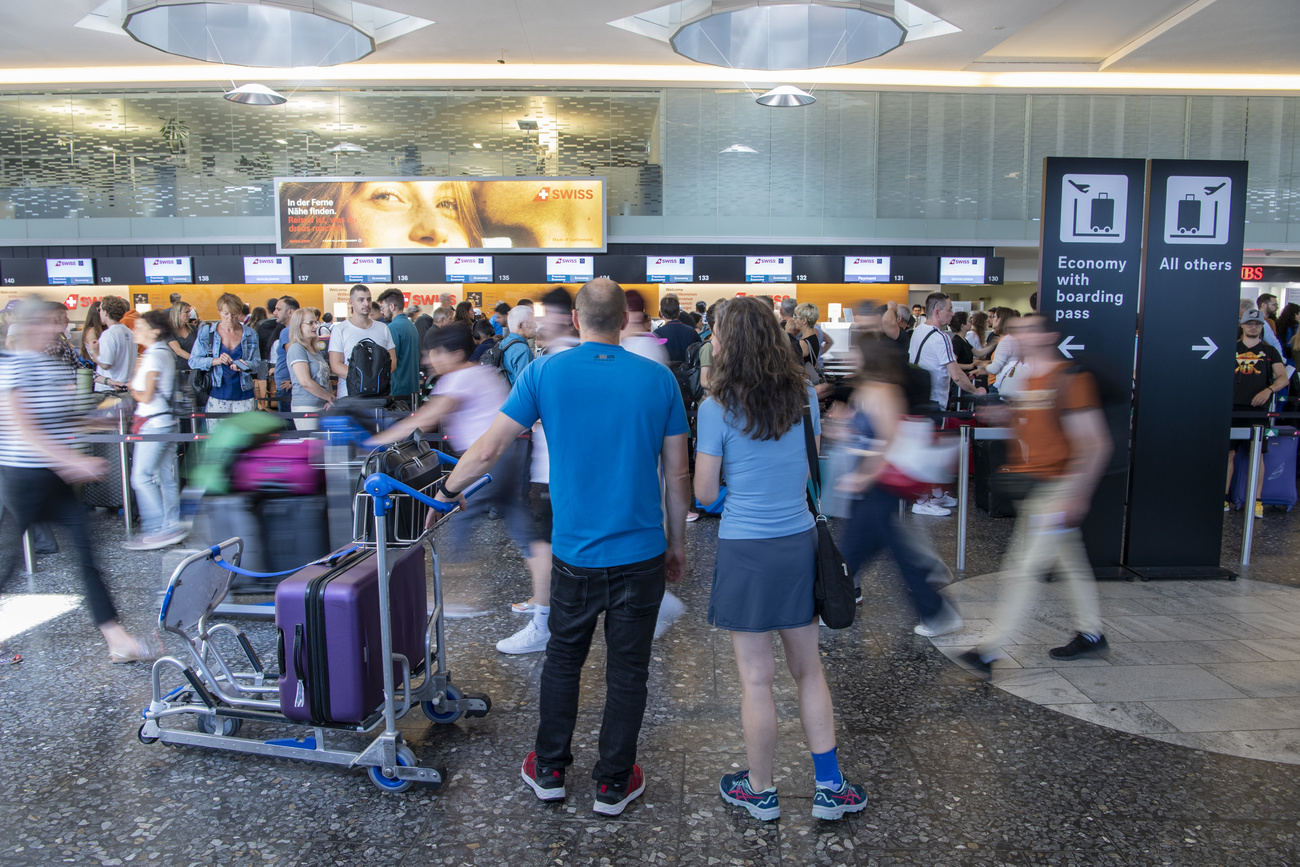Rescue worker warns of avalanche danger

A Swiss Air Rescue Service pilot warned on Monday of the danger of avalanches and the risks people take in the mountains.
Christian Roth, one of the rescue service’s most experienced pilots, issued the warning one day after a spate of avalanches across Switzerland severely injured mountaineers and off-piste skiers in several Alpine regions.
A 47-year-old skier, caught in an avalanche on Friday in the mountain resort of Flumserberg, was found dead by rescue workers on Monday. Another man died off-piste after being covered by an avalanche near Nendaz, in canton Valais.
In an interview with swissinfo, Roth said many people fail to heed warnings or take the necessary precautions before heading into the mountains.
“People should call in advance to hear up-to-date regional bulletins about which areas are dangerous,” he said.
Rescue workers said the majority of those trapped by avalanches over the weekend ignored warnings and did not seek the advice of experienced mountaineers.
Skiers are advised to check with ski resort staff about off-piste conditions before setting off.
“A lot of accidents occur when people don’t listen to warnings, go off-piste and then meet with an avalanche,” Roth commented.
Year-round risk
Rescue officials say avalanches are not seasonal and can occur at anytime during the year.
“The risk depends on the amount of snow which has fallen,” Roth said.
“Right now, for example, there is a lot of snow and at the moment it is very dangerous. But it might be that it is just as dangerous in February, say, or April,” he added.
Professional mountaineers and anyone intending to ski away from officially marked runs are advised by rescue workers to carry an electronic tracking device at all times. The devices cost about SFr400 each.
“This device is worn on your clothes and it transmits a signal, so if you are trapped under an avalanche, another person can rescue you very quickly,” Roth said.
“It can pinpoint exactly how deep a person is buried under an avalanche, which speeds up the process of digging someone out,” he added.
Speed is crucial
Statistics indicate that most people who are unprepared for an avalanche can survive underneath the snow for no more than 15 minutes.
“The first 15 minutes are very important,” Roth says.
“Most people die after this time because they can no longer breathe under the snow, so we have to be very fast.”
The task of searching for and rescuing people trapped under a blanket of snow is made much more difficult, Roth says, if mountaineers do not carry the necessary equipment.
“It’s not impossible, but without the radio transmitters, we have to use rescue dogs, and if the dogs can’t find the person, you have to fly in 100 or more people to do the search.”
by Ramsey Zarifeh

In compliance with the JTI standards
More: SWI swissinfo.ch certified by the Journalism Trust Initiative








You can find an overview of ongoing debates with our journalists here . Please join us!
If you want to start a conversation about a topic raised in this article or want to report factual errors, email us at english@swissinfo.ch.